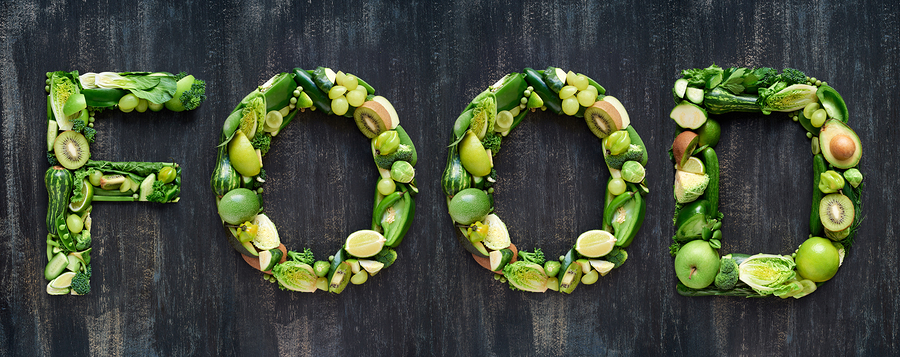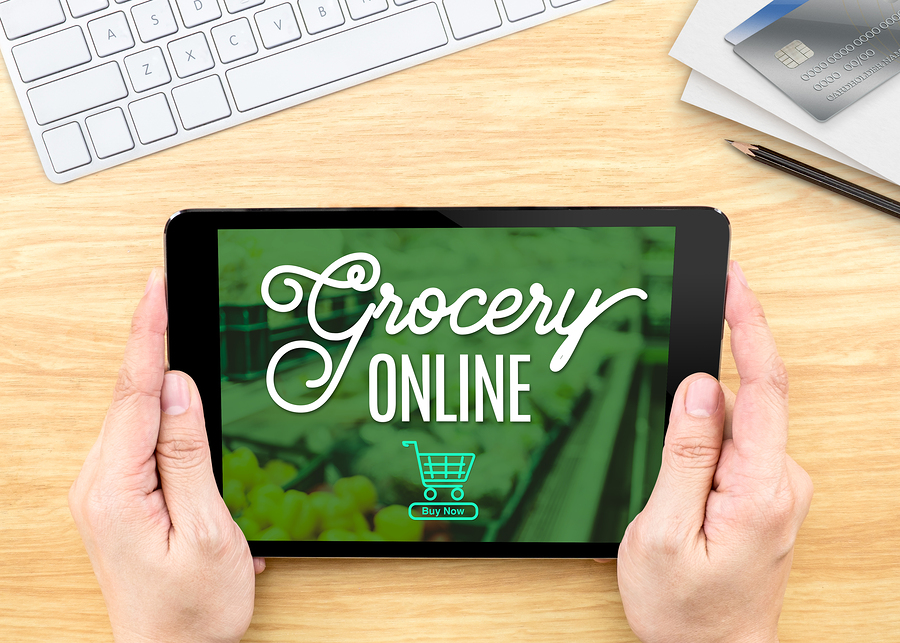
The Future of Food and Food Retail Now Shifts Course
July 18th, 2017 Posted by Emergent Food Trend, Retail brand building, retail brand relevance, shopper behavior, shopper experience, Supermarket strategy 0 comments on “The Future of Food and Food Retail Now Shifts Course”Emergent’s guidance on what comes next
The recent Amazon/Whole Foods acquisition has ignited a firestorm of analysis and assessment concerning the impacts and implications. Some of the conversation has reached far and wide – from the future of supermarkets to outcomes for large CPG food brands and foodservice businesses.
Here we help summarize how the food industry changes could manifest, as well as guidance on what comes next.
Implications of the Amazon/Whole Foods acquisition
Grocery leadership is rapidly becoming a two horse race between Walmart and Amazon, creating a new class of retail that blends online and physical store strategies. The ‘new last mile’ competition now moves to address the single biggest barrier to grocery e-commerce growth: fresh/perishable sales. Many consumers lack trust in online platforms to select and safely transport produce and proteins to their standards and freshness expectations.
Change in strategy for supermarket companies
The future of supermarket companies shifts more towards ‘specialty retailer’ strategies focused on improved, curated grocery and perimeter businesses. Higher quality, unique products, local sourcing, improved Deli menus, Grocerant businesses, and heavier investment to in-store experience become the retail differentiator. The goal here is to leverage a physical advantage of tactile, higher quality food and culinary experience. E-commerce will be mission critical – that said, not likely anyone will catch up now to Walmart and Amazon. Costco maybe.
Hard discount takes price leadership, elevates private brand strategy
Entry of Lidl, and Aldi growth investment will put pressure on pricing at all levels. Large cap CPG may take the brunt of this as their core categories continue to see challenges in the face of cultural shifts to preference for new, innovative and higher quality, artisanal brands and fresh versions of packaged items. This could force more M&A activity to satisfy Wall Street and engage balance sheet efforts to reduce operating costs.
Emergence of super-premium private brand investments
Retailers, increasingly on the hunt for innovation and better margin businesses, will up their game by putting more investment in their private brand programs – potentially surpassing legacy CPG brands on quality and uniqueness. Amazon will bring 365 to their Fresh platform. This, in turn, puts more pricing pressure on large CPG.
Implications to casual restaurant chain business
Roughly half of casual dining restaurant chain sales are sourced from family occasions – and families have hastened the declining use of casual dining outlets, moving instead toward at-home meals. Primary reasons for the move back home are health (e.g., quality ingredients), preparation control and cost. The Amazon-Whole Foods combination could make at home/healthy meals easier and less expensive in ways that compete with supermarkets and restaurants. It’s possible that Amazon could become a top-10 restaurant chain (near the $5 billion in system sales of Panera Bread). By creating faster market share gains in perimeter categories, Amazon and Whole Foods will quicken the ongoing center-store rationalization.
Battle is on for hearts and minds of Millennials
Sixty percent of Millennials are Amazon buyers (source: NPD Group). Twenty percent of American consumers bought at least one item from Whole Foods last year, however among Millennials, the number is substantially higher: 24 percent. This is extraordinary penetration for a supermarket chain with just 431 stores. The proposed deal gives Amazon control of those stores – nearly all of them are in neighborhoods that are more affluent and younger than America as a whole.
Emergent’s guidance on what’s next:
1. Unique and differentiated brands are now more vital than ever as competitive leverage for supermarkets. Brands that play to consumer sensibilities around higher quality ingredients, craftsmanship and visibility to creation stories, and mission (Higher Purpose) will be key to retail channel.
2. Deli marketing and merchandising programs become more critical to supermarket growth as center store rationalization picks up pace; a conundrum for food retail as this is traditionally where the profit often sits. Pricing pressures on large cap CPG will likely come from several fronts. More legacy brand declines could be on the way, amping the need for faster innovation.
3. A newly charged renaissance in home cooking will create more opportunities for brand growth as consumers look for ideas and inspiration to fuel their eat-at-home aspirations. Creative programming to leverage this condition is key. Emergent has developed a variety of content creation strategies to leverage this opportunity, which can be repurposed for retailer use on their own social channels.
4. Further erosion of the casual dining segment is likely to continue due to competition from supermarkets and Amazon/Walmart for prepared foods, kits and fresh food solutions for at-home meals. For multi-channel companies this condition might recommend greater investment now in retail channel development and brand marketing investments.
5. The emergence of new brands in center store and perimeter categories will create challenges for retailers. This is due to absence of scaled promotion budgets and higher product input costs contributing to higher prices on lower overall volume businesses. Retailers will need more sophisticated marketing and merchandising solutions to help nurture and grow these higher quality, boutique brands. The same holds true for CPG companies that invest and acquire these new, emerging brands that require a different formula to build scale. Emergent has designed a new Emerging Brand Marketers’ Playbook for this purpose.
6. Consumers are omni-channel shoppers. The move online will accelerate and reach a tipping point in the next two years. Fresh is the battleground. Brands need to be collaborative partners with food retail as e-commerce strategies gain traction and the need to address trust issues with fresh/perishable item shopping is key to growth. Emergent can help optimize omni-channel strategies.
Looking for more food for thought? Subscribe to our blog.
Bob Wheatley is the CEO of Chicago-based Emergent, the healthy living agency. Emergent provides integrated brand strategy, communications and insight solutions to national food, beverage, home and lifestyle companies. Emergent’s unique and proprietary transformation and growth focus helps organizations navigate, engage and leverage consumers’ desire for higher quality, healthier product or service experiences that mirror their desire for higher quality lifestyles. For more information, contact Bob@Emergent-Comm.com and follow on Twitter @BobWheatley.
